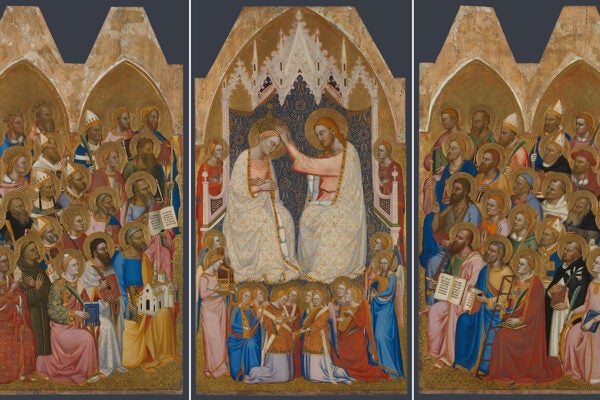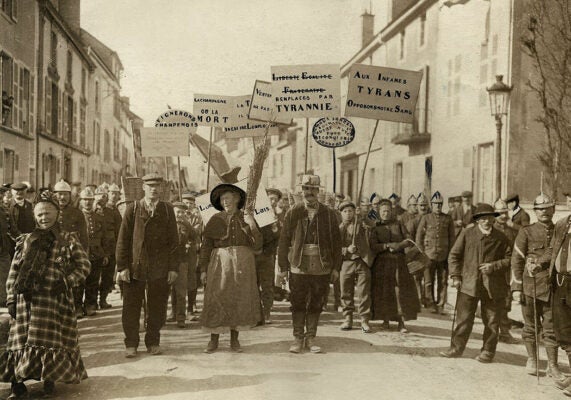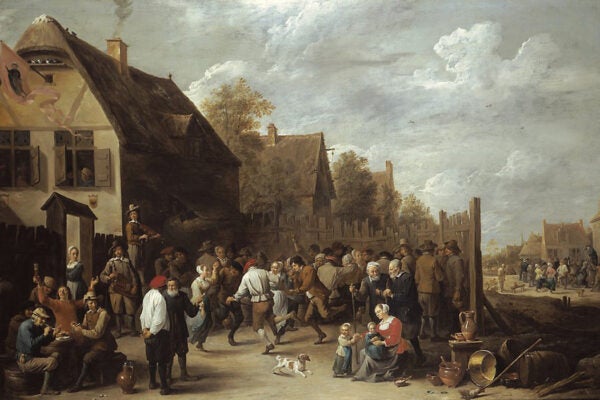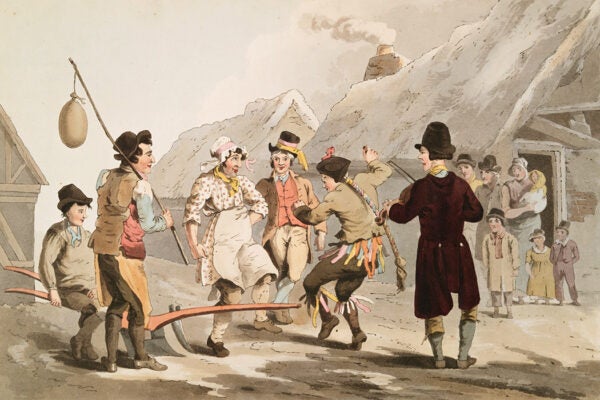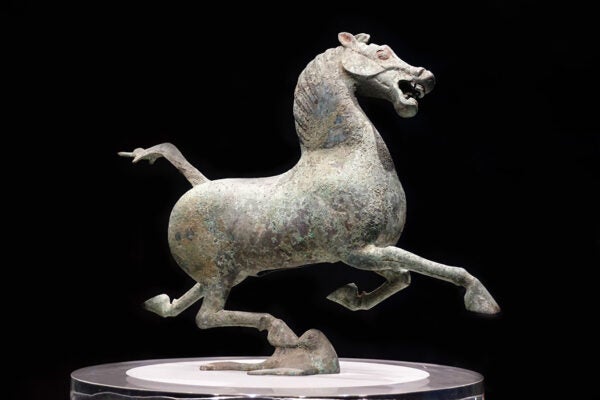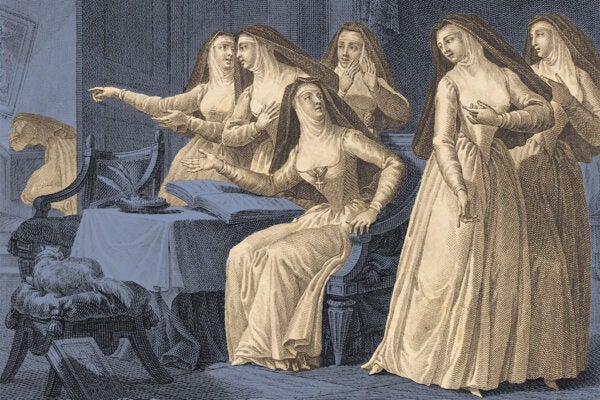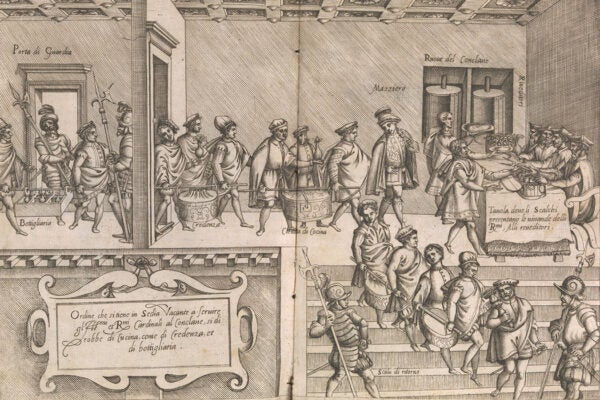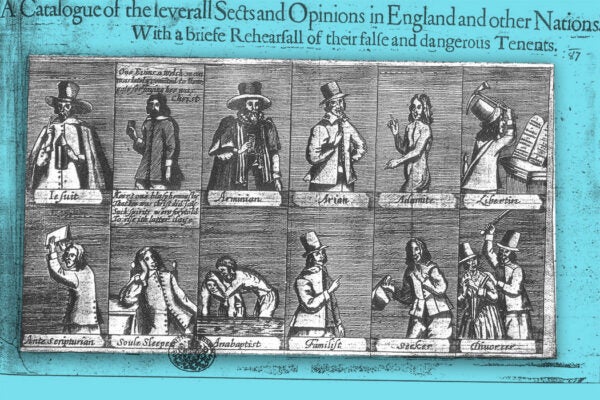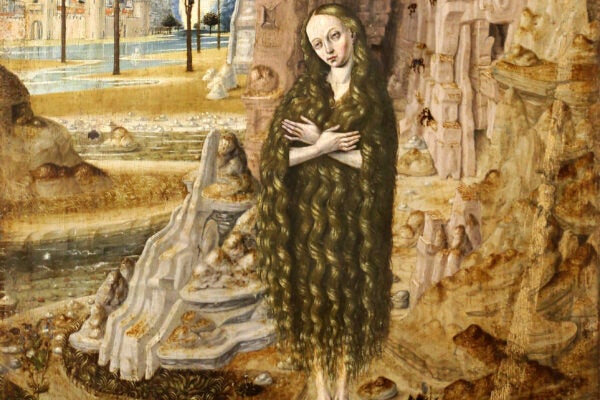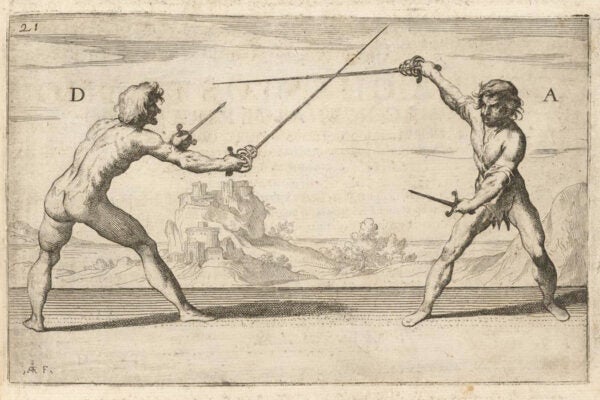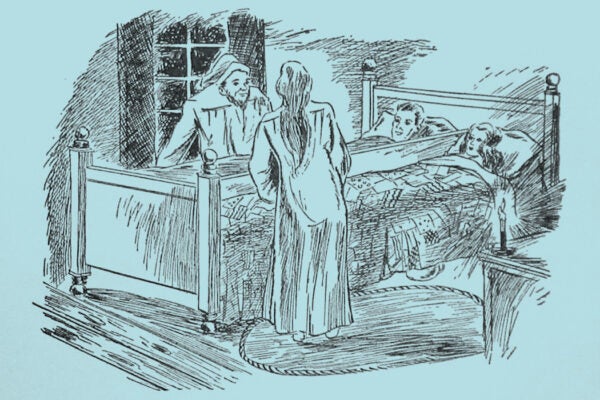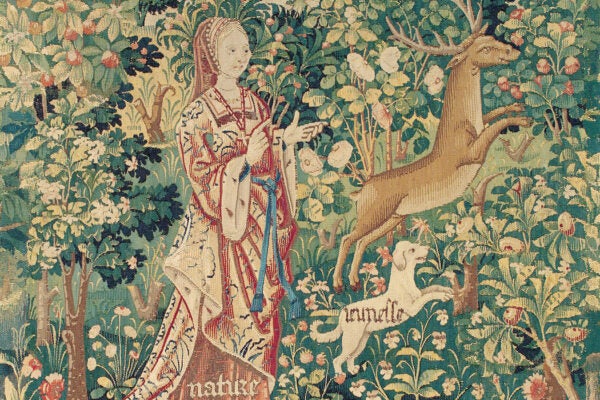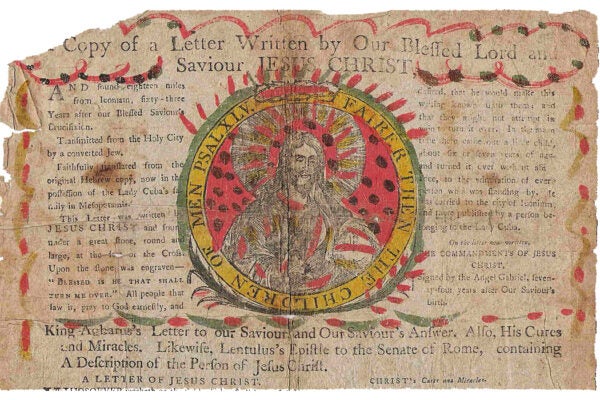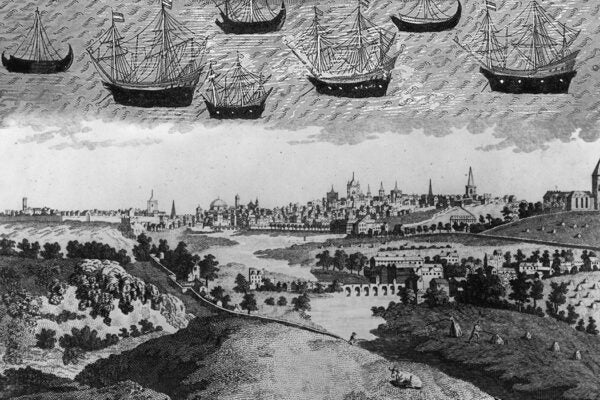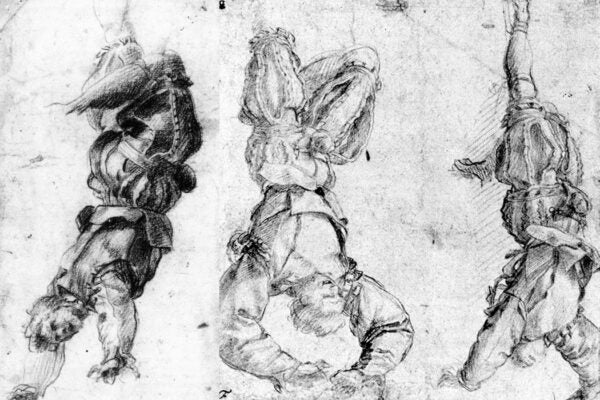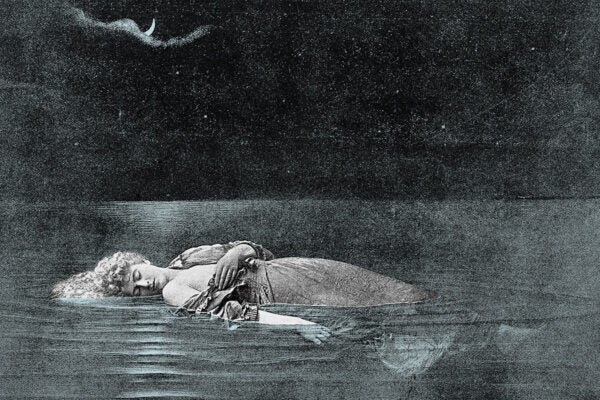Coco De Mer: The Magical Derrière of the Sea
Once viewed as a precious item of mysterious origin, the seed of the coco do mer palm, though better understood today, remains a rare and valuable commodity.
When the Bishop Married the Abbess
When a new bishop was installed in the see of medieval Florence, he was also expected to marry—at least symbolically—the abbess of San Pier Maggiore.
Terroir Terror: The 1911 Champagne Riots
An environmental crisis and a dispute over regional boundaries sent both rioters and rivers of champagne pouring into the streets of Aube.
Hocktide: A Medieval Fest of Flirtation and Finances
The springtime holiday of Hocktide not only allowed villagers to cross social boundaries in the name of fun, it helped them raise funds for nonsecular needs.
Trees With a Secret Message
The culturally modified trees of the Pacific Northwest and Alaska bring essential stories of the past into the present.
Fish Addiction: An Ancient Greek Paranoia
An obsession with eating fish mapped onto all sorts of social anxieties, from gluttony and gambling problems to wasteful spending and licentiousness.
Plough Monday
Or, how to follow the Christmas holiday with a festival of pranks, trick-or-treating, and drunken revelry.
The Supernatural Horses That Fascinated Chinese Emperors
In the second century BCE, Han Dynasty Emperor Wu so desired a herd of “blood-sweating” horses from Central Asia that he was willing to wage war over them.
A Mother Superior’s Demons
What does it mean when an entire convent of Urusline nuns appears to be possessed by demons? Many things, as it turns out.
The Wild West of Papal Conclaves
In the sixteenth and seventeenth century, the death of a pope led to all sorts of chaos, from the destruction of art to armed violence in the streets.
The Bawdy House Riots of 1668
Though so-called bawdy house riots were common in seventeenth-century London, the disorder of 1668 revealed the city’s deep political and religious resentments.
The Magical Furniture of David Roentgen
Cabinetmaker to Marie Antoinette, Roentgen designed “surprise furniture,” bureaus and desks that appeared to magically transform at the push of a button.
The Seventeenth-Century Space Race (for the Soul)
The astronomical discoveries of the 1600s—such as Saturn’s rings—prompted new questions about the structure of the cosmos and humans’ place in it.
Wild Saints and Holy Fools
Early Christian writers valorized the desert life of ascetic monks, but the city also had something to offer would-be “fools for Christ”.
When All the English Had Tails
Where did the myth that English men (and probably women) were hiding tails beneath their clothing come from? And what was that about eggs?
The Fencing Moral Panic of Elizabethan London
In Elizabethan England, it seemed like everyone was carrying a sharpened object with the intent to inflict damage.
Bundling: An Old Tradition on New Ground
Common in colonial New England, bundling allowed a suitor to spend a night in bed with his sweetheart—while her parents slept in the next room.
Reading “The Book of Nature”
Beginning in the Middle Ages, the natural world was viewed as a Christian parable, helping humans to give divine meaning to plants, animals, and the heavens.
Himmelsbriefe: Heaven-Sent Chain Letters
For more than a thousand years, people have used letters allegedly written by Christ as both doctrinal evidence and magical charms.
Autopsy of a Saint
In the late thirteenth century, followers of the Italian abbess Clare of Montefalco dissected her heart in search of a crucifix.
Athanasius Kircher’s “Musical Ark”
The first algorithmically generated music came to us in the seventeenth century, courtesy of Kircher and his Arca musarithmica.
Ireland’s Upper Sea
In medieval Ireland, ships that sailed across the sky were both marvelous and mundane.
Punitive Portraits of the Renaissance
The Italian legal tradition called for the public display of a humiliating—but recognizable—portrait of the disgraced person.
The Women Who Preached in Their Sleep
Was sleep-preaching an ingenious way for oppressed women to subvert the social order through somniloquy?


